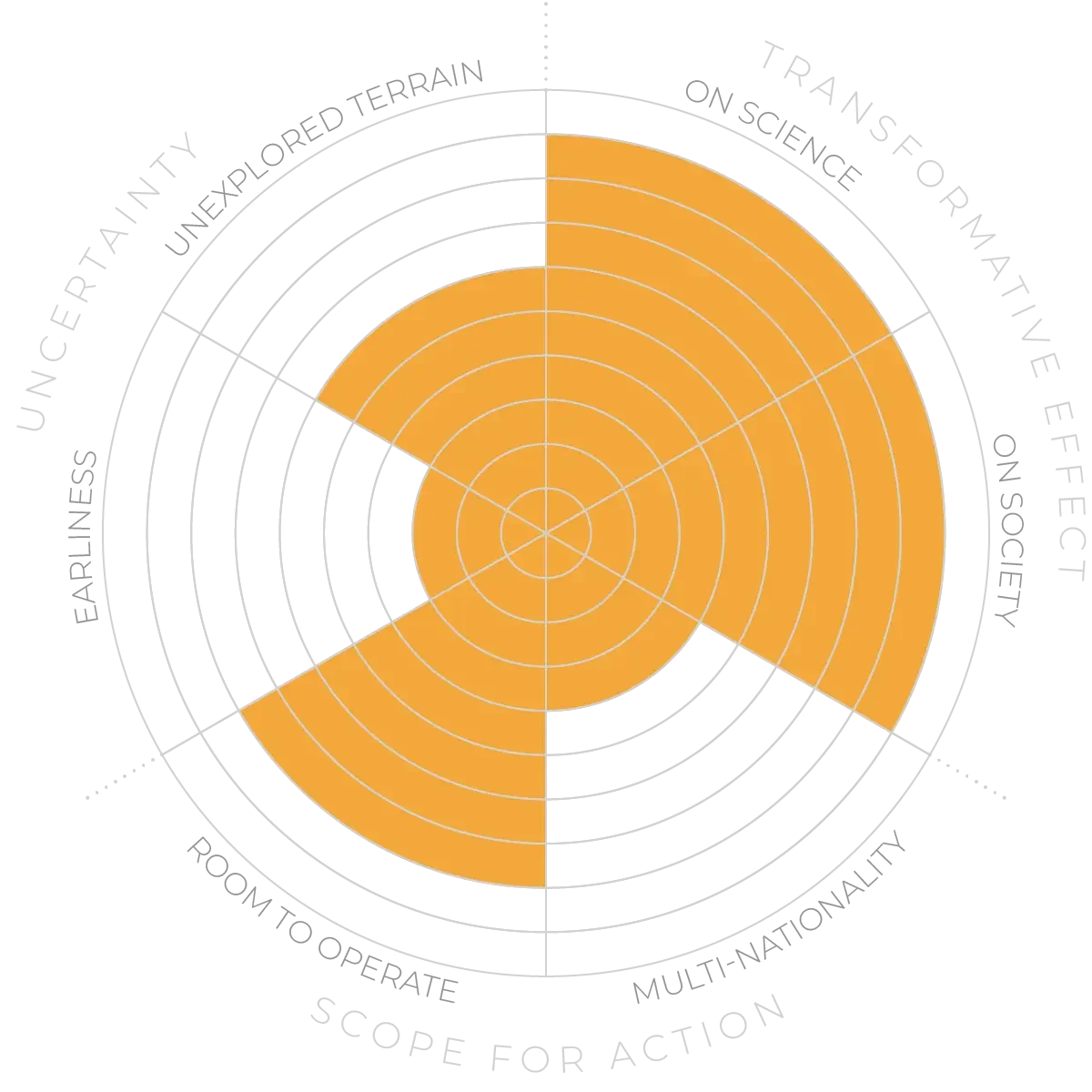The increasing availability of rich field data is allowing researchers to make rapid strides in analysing animal communication, and data analysis tools including machine learning have the potential to help unravel the communication systems of a plethora of species in the coming years.22 Some researchers argue that this could lead to systems that allow us to communicate directly with animals, using their own signals While AI can be used to generate signals such as fruit-bat sound sequences, it is an open question whether communication with animals will ever become feasible.23 Improvements to our understanding of animal signals already has clear practical implications: tracking changes to animal calls in real time can help us understand how animals adapt to environmental change and provide an early-warning sign of declining ecological health.24
Studying diverse animal communication systems, their cognitive and genetic underpinnings, and the social and environmental contexts that support them will drive new theories of how our own communication system — language — evolved. For example, vocal learning is one of the key capacities that underlie our complex language and is being studied in a range of animals including elephants and bats.25 In terms of representational capacities, some linguists have argued that the hierarchical structure of language represents a discontinuity between animal and human communication. However, there is growing evidence of “deep structure” in some animal communication systems, which may be a precursor to hierarchy.26,27 Finally, there are growing attempts to understand the specific cognitive and neurological constraints that prevent non-human animals from developing language.28



